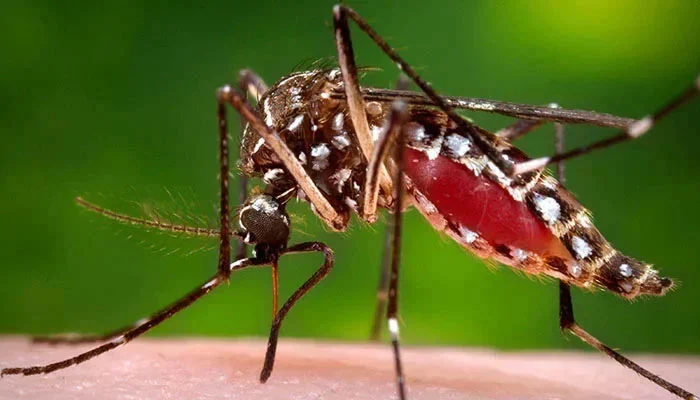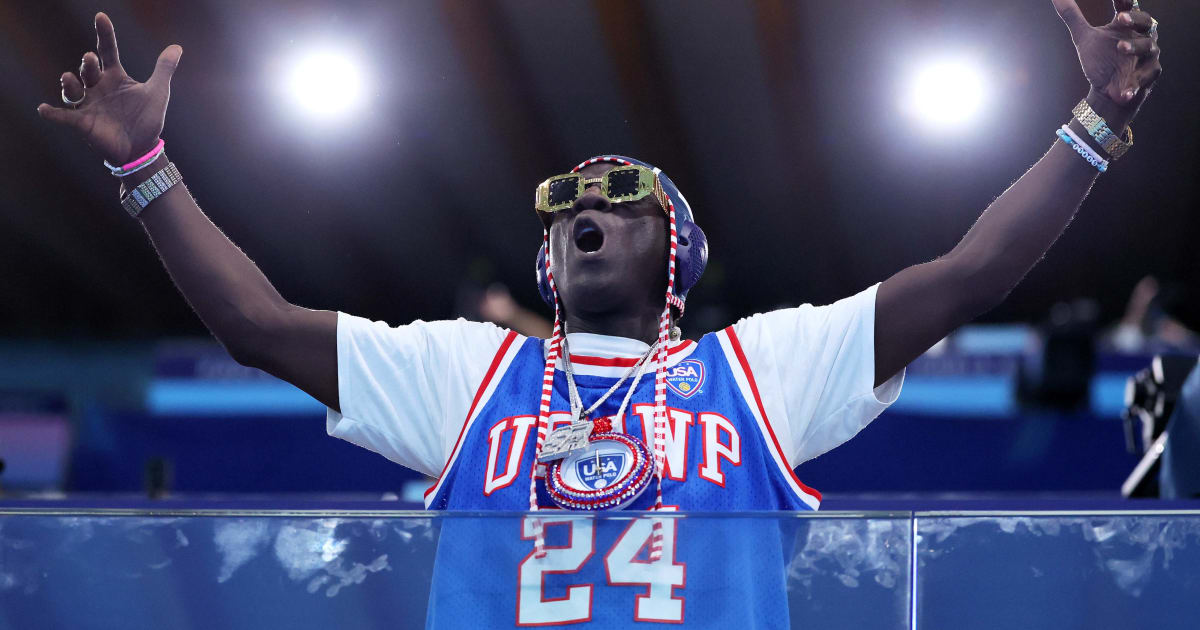- Earthquake: DPM expresses Pakistan’s solidarity with people of Turkiye RADIO PAKISTAN
- 6.1-magnitude quake hits western Turkiye Dawn
- Why Turkey’s Ground Won’t Stop Shaking: Inside the Simav Fault Swarm inkl
- Earthquake hits western Türkiye,…
Author: admin
-
Earthquake: DPM expresses Pakistan's solidarity with people of Turkiye – RADIO PAKISTAN
-

Surveillance accelerated, 32 new dengue cases in the last 24 hours; CEO Health
– Advertisement –
RAWALPINDI, Oct 28 (APP):The District Health Authority Rawalpindi has intensified its surveillance and control measures against dengue, recording 32 fresh confirmed cases over the past day, bringing the year’s total to 1,264,…
Continue Reading
-
Ahsan Iqbal says decision to bring no-trust motion against AJK PM sign of ‘democratic maturity’ – Dawn
- Ahsan Iqbal says decision to bring no-trust motion against AJK PM sign of ‘democratic maturity’ Dawn
- PPP, PML-N to bring no-confidence motion against AJK govt Dawn
- AJK PM Anwarul Haq likely to resign, sit on opposition benches Geo TV
- Turning…
Continue Reading
-
Ahsan Iqbal says decision to bring no-trust motion against AJK PM sign of ‘democratic maturity’ – Dawn
- Ahsan Iqbal says decision to bring no-trust motion against AJK PM sign of ‘democratic maturity’ Dawn
- PPP, PML-N to bring no-confidence motion against AJK govt Dawn
- AJK PM Anwarul Haq likely to resign, sit on opposition benches Geo TV
- Turning…
Continue Reading
-
Spatial Launches Analogue 26 With Logitech Muse Support For Apple Vision Pro & Analogue Portal 26 For iPhone – Live Design Online
- Spatial Launches Analogue 26 With Logitech Muse Support For Apple Vision Pro & Analogue Portal 26 For iPhone Live Design Online
- Apple Unveils Logitech Muse: The New Spatial Stylus for Vision Pro! touchreviews.net
- Here’s what the first spatial…
Continue Reading
-

Wales player Aaron Ramsey ups reward for missing dog to $20k
Wales football star Aaron Ramsey has increased a reward for information about his dog Halo, who has gone missing in Mexico, to $20,000 (£15,000).
The former Arsenal and Cardiff midfielder, who now plays for Pumas UNAM in Mexico City, said Halo…
Continue Reading
-
Just a moment…
Just a moment… This request seems a bit unusual, so we need to confirm that you’re human. Please press and hold the button until it turns completely green. Thank you for your cooperation!
Continue Reading
-

NEOM and WuXi AppTec sign strategic MoU to advance Saudi Arabia’s biotech sector
Riyadh, Kingdom of Saudi Arabia, October 28, 2025- NEOM, the sustainable region taking shape in northwest Saudi Arabia, has signed a strategic memorandum of understanding (MoU) with WuXi AppTec, a leading global pharmaceutical contract research, development and manufacturing organization (CRDMO).
Under the terms of the agreement, a collaborative framework will be established between the two entities to explore the localization of pharmaceutical research, development and manufacturing capabilities in Saudi Arabia. The long-term intention of the collaboration is to create world-class CRDMO facilities at Oxagon, NEOM’s advanced and clean manufacturing city, or other locations in Saudi Arabia.
In support of Saudi Arabia’s economic diversification and innovation strategies, the MoU represents a significant step forward in advancing the Kingdom’s biotechnology ambitions and reflects a mutual commitment to driving long-term growth in pharmaceuticals and healthcare.
By aligning world-class expertise with national goals, the partnership between NEOM and WuXi AppTec aims to create the conditions for advanced manufacturing and sectoral growth that will serve both regional and global markets. The agreement leverages NEOM’s advanced and clean manufacturing facilities at Oxagon, while also reinforcing WuXi’s world-class capabilities to build a thriving biotech ecosystem.
At its core, the partnership represents a meeting of minds, with WuXi AppTec a global leader with decades of experience in enabling biopharmaceutical innovation, and NEOM an essential element of Saudi Vision 2030 and key enabler of its bold National Biotech Strategy. Working together, the two parties aim to redefine business and chart new pathways that not only serve the Kingdom’s long-term targets but also set a new benchmark for global collaboration in pharmaceutical innovation.
Continue Reading
-

Flavor Flav returns to Olympics as official hype man for U.S. bobsleigh and skeleton teams at Milano Cortina 2026
Flavor Flav is swapping his swim cap for a racing helmet.
After cheering the USA women’s water polo team to fourth place at Paris 2024 as an official hype man, the rapper has switched sports to cheer on USA’s bobsleigh and skeleton teams at
Continue Reading
-

Official Inquiry Reveals Possible Reason Behind SP Adeel Akbar’s Death
An official inquiry has cleared Superintendent of Police (SP) Adeel Akbar of all allegations leveled against him by the Government of Balochistan, days after the Islamabad police officer’s tragic death.
According to the Cabinet Division’s…
Continue Reading